Discover 6 hidden attractions, cool sights, and unusual things to do in Ashland (United States). Don't miss out on these must-see attractions: St. Mark's Episcopal Church, First Free Will Baptist Church and Vestry, and Whipple House. Also, be sure to include Ashland Town Hall in your itinerary.
Below, you can find the list of the most amazing places you should visit in Ashland (New Hampshire).
Table of Contents
St. Mark's Episcopal Church
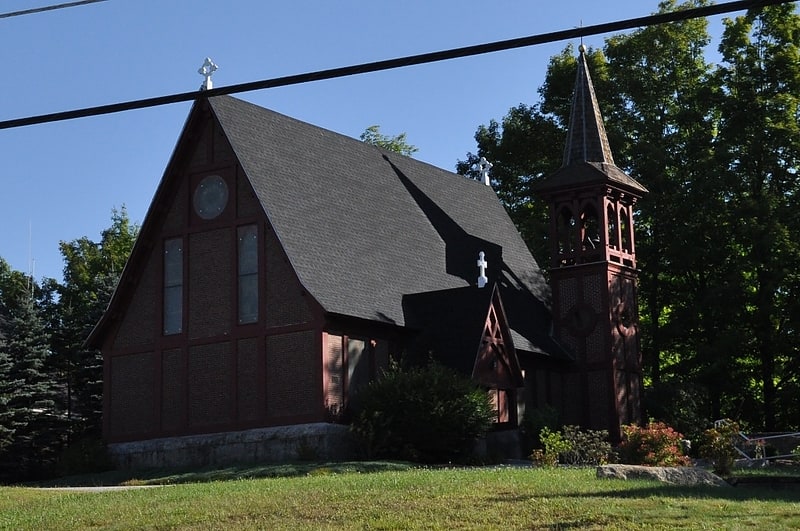
Building. St. Mark's Episcopal Church is an historic Episcopal church located at 6-8 Highland Street in Ashland, New Hampshire, in the United States. Organized in 1855, it is part of the Episcopal Diocese of New Hampshire. Its building, completed in 1859, was designed by New York City architect J. Coleman Hart, and is one of the region's most distinctive churches, having a Gothic Revival design built out of half-timbered brick. On December 13, 1984, the church building was added to the National Register of Historic Places. The current pastor is Rev. Tobias Nyatsambo.[1]
First Free Will Baptist Church and Vestry
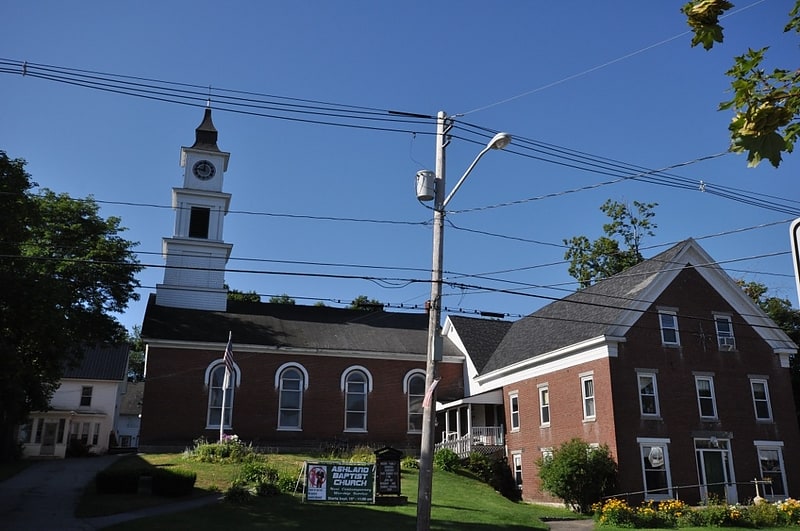
Building in Ashland, New Hampshire. The First Free Will Baptist Church are a historic Free Will Baptist Church complex in Ashland, New Hampshire. The complex consists of three buildings: the brick church building, which was built in 1834; the old vestry, a brick building standing near the street which was built c. 1835 as a school and converted to a vestry in 1878; and the new vestry, a wooden structure added in 1899 to join the two brick buildings together. The church, a fine vernacular Federal style building when it was built, had its interior extensively restyled in the late 19th and early 20th centuries. The complex was listed on the National Register of Historic Places in 1983, primarily as a good example of modest Victorian church architecture. It now houses the Ashland Community Church.[2]
Whipple House
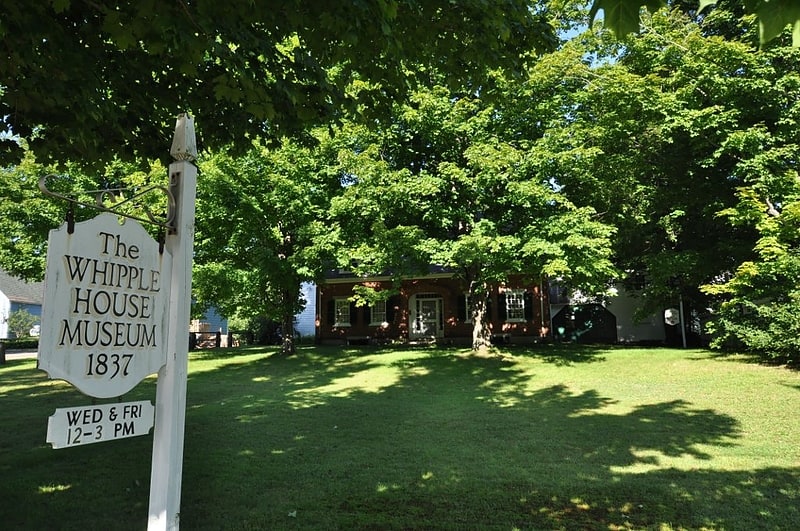
Museum in Ashland, New Hampshire. The Whipple House is a historic house museum at 4 Pleasant Street in Ashland, New Hampshire. Built about 1837, it is a well-preserved example of a mid-19th century Cape-style house, that is relatively architecturally undistinguished. It is significant for its association with George Hoyt Whipple, a Nobel Prize-winning doctor and pathologist who was born here. Whipple gave the house to the town in 1970, and it is now operated by the Ashland Historical Society as a museum, open during the warmer months. The house was listed on the National Register of Historic Places in 1978.[3]
Ashland Town Hall
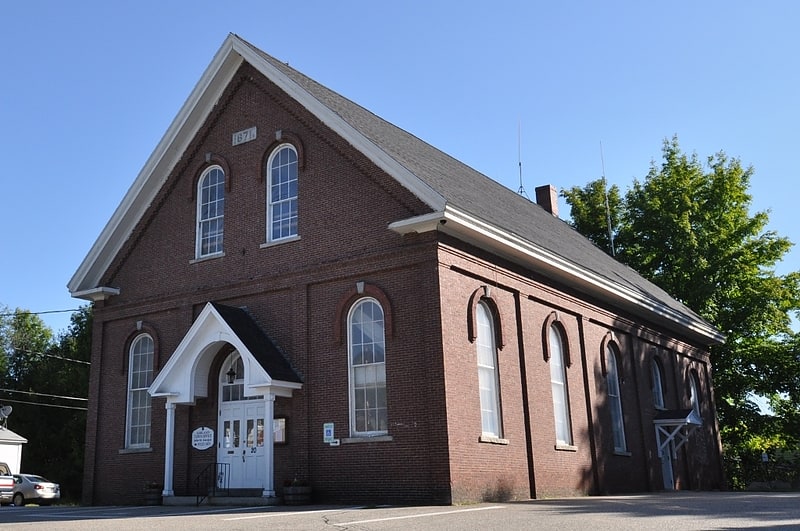
Building in Ashland, New Hampshire. Ashland Town Hall, at 10 Highland Street, is the town hall of Ashland, New Hampshire. Built in 1871, it is a distinctive Victorian interpretation of a typical New England town hall, which has served the town in civic roles since its construction. The building was listed on the National Register of Historic Places in 1983.[4]
Address: 41 Main St, Ashland
Ashland Railroad Station
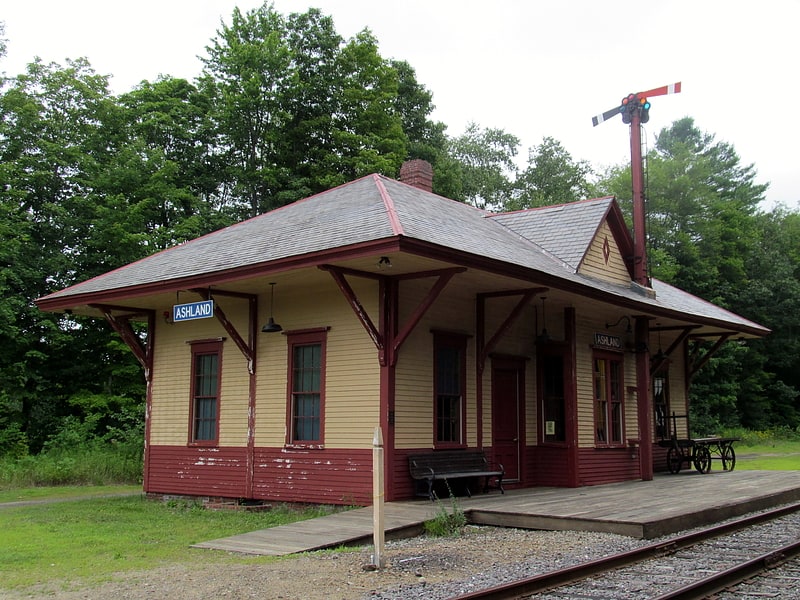
Museum in Ashland, New Hampshire. The Ashland Railroad Station is a historic train station at 39 Depot Street in Ashland, New Hampshire. Built in 1869 and remodeled in 1891, it is a well-preserved example of a rural 19th-century railroad station. It is now a museum operated by the Ashland Historical Society. The station was listed on the National Register of Historic Places in 1982.[5]
Ashland Gristmill and Dam
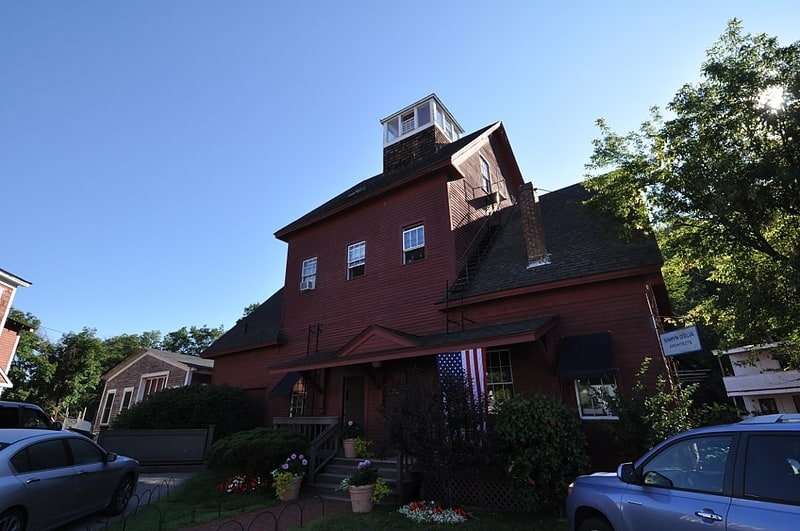
The Ashland Gristmill and Dam are a historic former industrial facility in the heart of Ashland, New Hampshire. Built in 1903 on the site of an older mill, the gristmill demonstrates the continuing viability of wood framing for mill buildings in an era when it had become uncommon. The property was listed on the National Register of Historic Places in 1979. It has been converted to professional offices.[6]